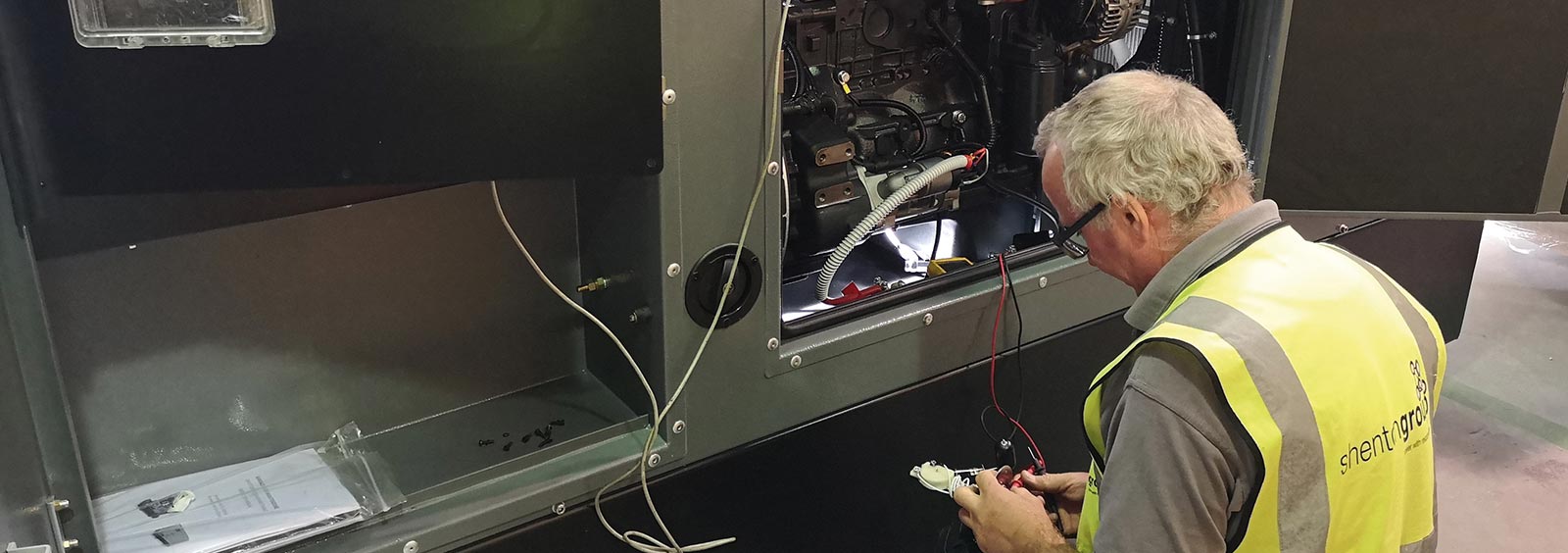What is a load bank test?
A load bank test is a controlled test of your full backup power protection system. Firing up a generator to see if it’s working doesn’t tell you whether it’s capable of taking on a full load.
How can Shenton Group help you?
We have our own load banks which we plug into the backup power supply to test the UPS system behaves as it should and that its batteries are all in full working order, and to run a full, stable load into the standby generators.
Depending on your site – the location and number of generators – this can be quite a significant operation.
Complete Load banking service includes:
- Site survey, delivery and positioning of the load bank
- Site logistics – road closures, crane movements etc
- Testing of the generator/power source
- Disconnection and removal of the load bank
- Reconnection to the normal load
- Detailed results with full written report
Benefits of a Load Bank test
As well as providing peace-of-mind that you’ve got a fully operational backup power supply that will run steadily until the mains is reconnected, a load bank test also cleans out your generator, removing built-up carbon deposits from pistons and exhaust systems, you’ll get a smoother, cleaner and more reliable generator.
At Shenton Group we recommend load bank testing for generators at least once a year. We provide an extended and full load bank package for testing generators – whether you’ve hired the generators from us or already have your own on-site.
Standby Generating Sets – Light Load Operation Guidelines
These guidelines apply to standby generating sets, which typically operate when the mains electricity supply fails.
Effects of Light Load Operation If a generator regularly operates at less than 30% of its full rated output, several issues can arise:
- Low operating load leads to reduced engine cylinder temperatures and pressures, causing poor oil control and higher oil consumption.
- Fuel condensation on cylinder walls results in fuel dilution of the sump oil.
- Turbocharger inefficiency at reduced loads can cause oil to be pulled into the compressor and turbine housings, leading to ‘oil pullover.’
These problems can manifest as:
- ✔ High lubricating oil consumption
- ✔ Oil leaks from inlet manifold joints
- ✔ Oil and unburnt fuel leaks from exhaust system joints
- ✔ Carbon build-up on valves, piston crowns, and exhaust ports
- ✔ Fuel dilution of lubricating oil
- ✔ Dense exhaust smoke
If these issues occur frequently, the standard 2,500-hour period between top overhauls may need to be shortened. Additionally, prolonged low-load operation, especially in an engine’s early life, can lead to cylinder bore glazing and compromised oil control, requiring significant corrective maintenance.
Recommendations to Prevent Light Load Issues To avoid the problems associated with low-load operation:
- Avoid running below 30% of rated output for more than 10 minutes at a time.
- Conduct monthly generator start tests, running the generator for just a few minutes on no load.
- Perform an annual full-load test where the generator is operated at up to 100% of its rated output for at least two hours.
- Load should be gradually increased over the first hour and stepped back down in the second hour.
- A load bank will typically be required to achieve the necessary load levels.
By implementing these best practices, you can ensure your backup power system remains reliable, efficient, and ready for use whenever it is needed.


